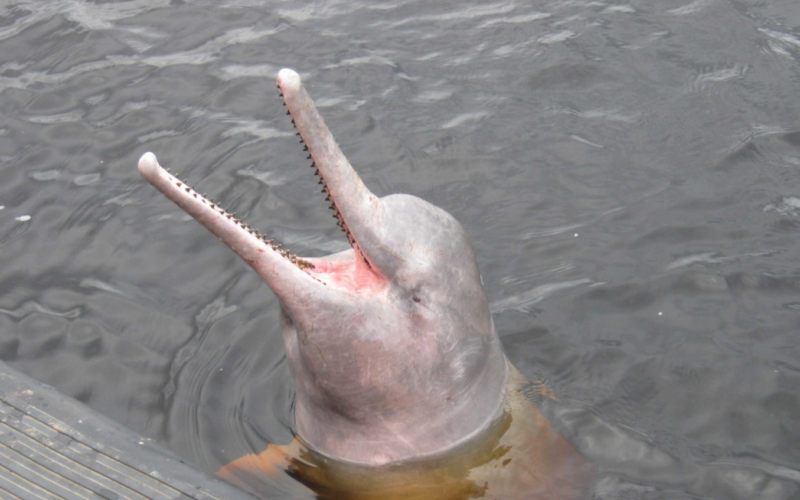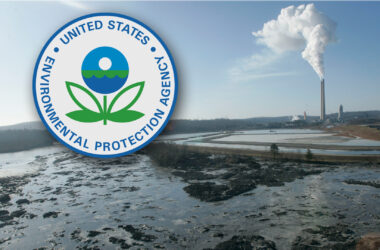A devastating environmental crisis has unfolded in the heart of the Amazon as the carcasses of more than 125 Amazon river dolphins were discovered floating or stranded along the shores of Lake Tefé, Brazil.
The alarming discovery of over 125 dead Amazon river dolphins has sent shockwaves through the scientific community and environmentalists alike. These magnificent aquatic creatures are a symbol of the Amazon’s rich biodiversity, and their demise serves as a stark reminder of the profound impacts of climate change and extreme weather events on fragile ecosystems.
Lake Tefé, nestled deep within the Amazon rainforest, experienced a record-breaking heatwave that led to a spike in water temperatures. The mercury soared to an astonishing 39.1 degrees Celsius, transforming the once-cool waters into what locals described as a “hot soup.” Such extreme conditions are highly unusual in this pristine and ecologically significant region.
The Amazon river dolphins, also known as pink river dolphins or boto, are integral to the delicate balance of the Amazon’s aquatic ecosystem. These charismatic creatures play a vital role in regulating the populations of prey species and helping maintain the health of the ecosystem. The loss of such a significant number of dolphins poses a serious threat to the region’s ecological equilibrium.
The tragedy in Lake Tefé underscores the far-reaching impacts of climate change on even the most remote and untouched regions of the world. As global temperatures continue to rise, extreme weather events, such as the unprecedented heatwave in the Amazon, become more frequent and severe, leading to catastrophic consequences for wildlife and natural habitats.
In the wake of this devastating event, conservationists and local authorities are joining forces to better understand the extent of the damage and implement measures to protect the remaining Amazon river dolphins. Efforts to mitigate the effects of climate change and conserve the Amazon’s unique biodiversity are more crucial than ever.








